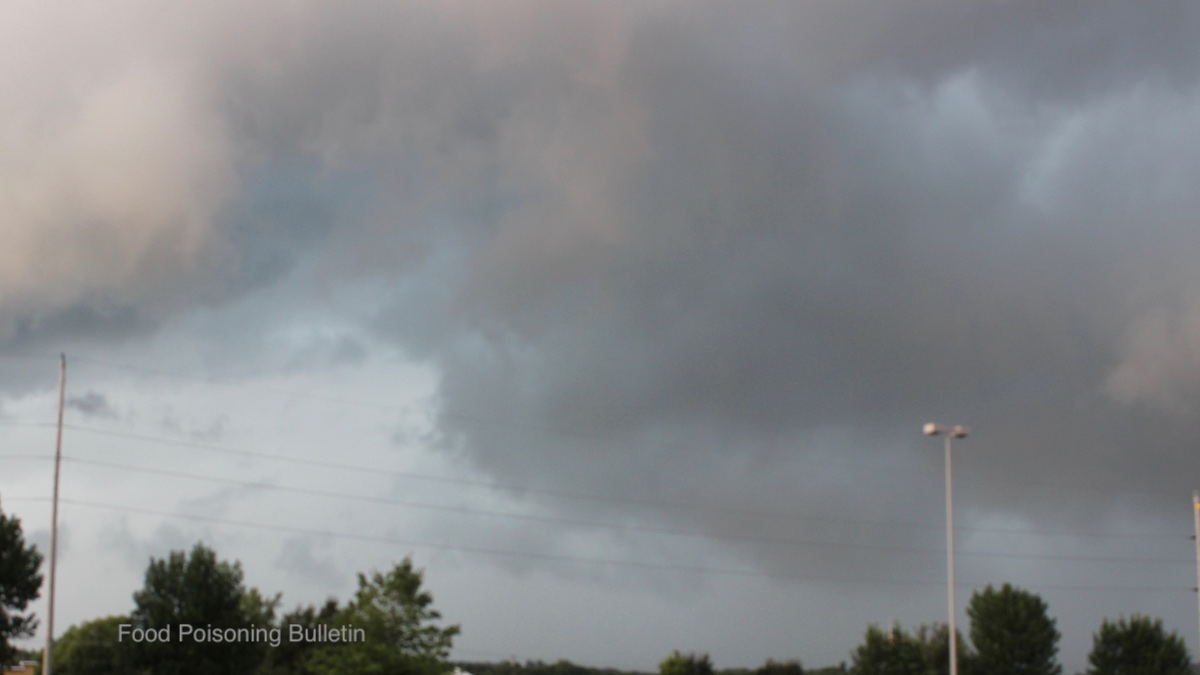If you are in the path of Hurricane Lane, which is in the area of Hawaii, the USDA has food safety recommendations. The hurricane will pass to the south-soueast of the Big Island in the early morning hours of August 23, 2018, and will turn northwest toward the other Hawaiian Islands Thursday through Saturday.

As with all hurricanes, excessive rainfall, major flash flooding, landslides, and mudslides may occur. Flooding can occur in areas that usually don’t experience this disaster. Rainfall totals of more than 20 inches are possible. And power outages will most likely occur.
Power outages can affect foods stored in refrigerators and freezers. Before the storm, make sure you have appliance refrigerators in your fridge and freezer to check on how safe the food is if the power goes out. The refrigerator should be 40°F or lower; the freezer 0°F or lower.
Freeze water in 1 quart plastic containers before the storm hits to help keep food cold in the fridge or freezer. A fridge will keep items safe without extra ice or dry ice for about 4 hours. A full freezer can keep items at a safe temperature for up to 48 hours; that time shrinks to 24 hours if the appliance is only half full. It’s also a good idea to have coolers on hand to keep foods cool, using ice. Make sure you put meat and poultry on a tray so thawing juices don’t drip onto other foods.
Group foods together in the freezer for an “igloo” effect to help food stay cold longer. Don’t open the fridge or freezer if at all possible. And stock up on a few days’ worth of ready-t0-eat foods that don’t require refrigerator storage or cooking. If you can get dry ice, fifty pounds should keep a fully-stocked 18-cubic foot freezer cold for two days.
If your home is flooded, don’t eat any food that comes into contact with flood water. Throw away any food that isn’t in a waterproof container. Foods that are not safe after a flood include any foods packaged in plastic wrap or cardboard, or those with screw‐caps, snap lids, pull tops, and crimped caps. Only commercially canned foods are safe.
Inspect commercially canned foods before you open them. Discard any that are damaged, or showing signs of swelling, leakage, punctures, holes, fractures, extensive deep rusting or crushing/denting severe enough to prevent normal stacking or opening with a manual, wheel‐type can opener.
After the hurricane, check the temp inside the fridge and freezer. Discard any meat, poultry, pork, seafood, eggs, or leftovers that has been above 40°F for more than two hours. Discard any food that feels warm to the touch. Check frozen food for ice crystals; if they are still partially frozen you can refreeze them. And when in doubt, throw it out.




